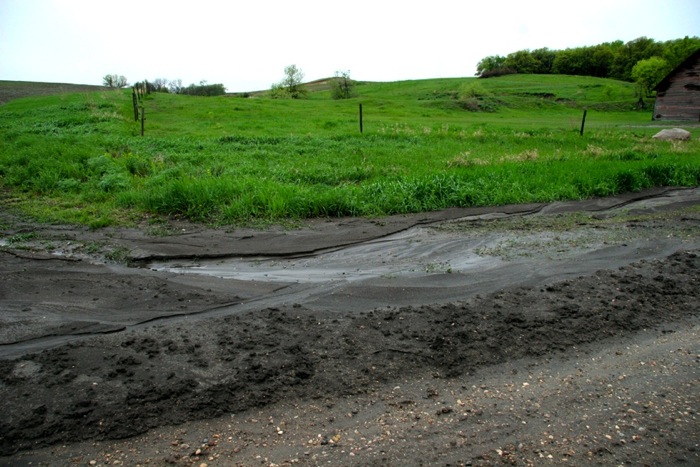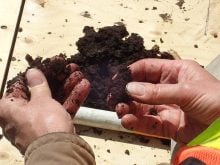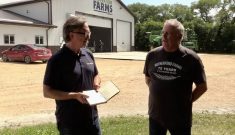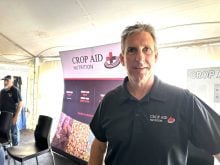Back in the days when Prairie farmers were still in the experimental phase of adopting what is now known as conservation agriculture, I remember interviewing a farmer who had gone all the way and embraced zero tillage.
He said it was an exercise in frustration bordering on failure until he realized the transition involved more than eliminating tillage from his management tool box. It required changing how he thinks about farming — and a redesign of his whole farming system — before he began to reap the promised benefits.
Read Also
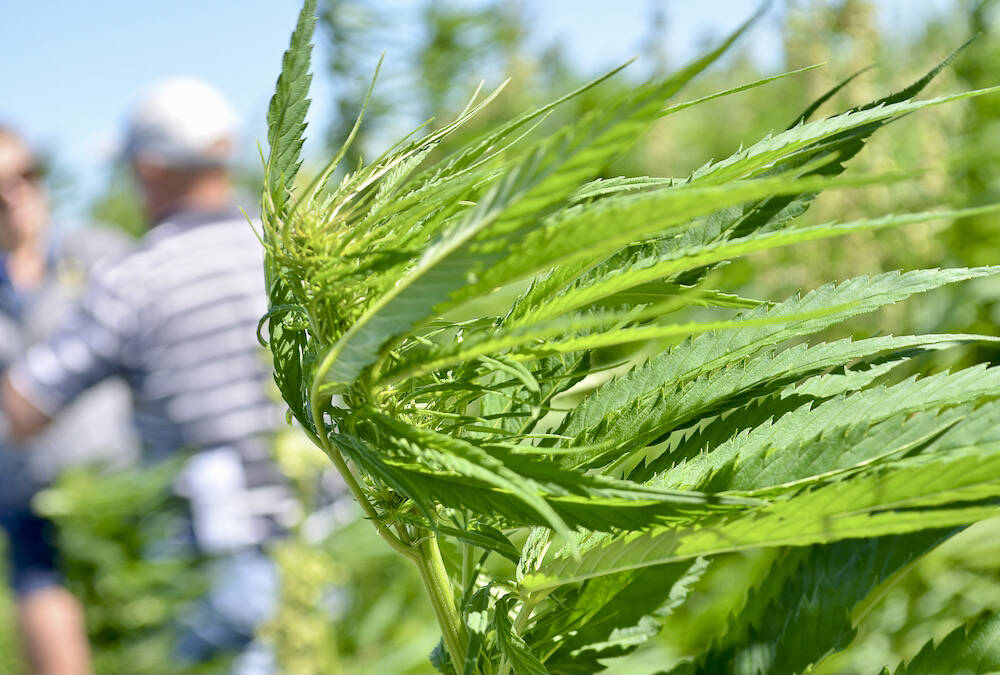
Canadian hemp stable, but stuck on growth
Canada’s hemp industry hopes hybrid varieties, better yields, clearer regulations and new markets can help the crop break past its ceiling and get Canadian farmers planting more hemp acres.
A team of researchers with University of California Davis recently came to a similar conclusion in a somewhat controversial letter published in Nature magazine challenging whether conservation agriculture can produce enough to feed the world. Its analysis concluded that global yields might actually decrease under widespread zero tillage if it is not part of a farming system that includes residue retention and crop rotation.
Perhaps the first and arguably the most dramatic experience Prairie farmers have had in unlearning what they thought they knew about farming was in the Dirty ’30s. Government extension workers with the newly formed Prairie Farm Rehabilitation Administration (PFRA) realized that if they were to prevent vast regions of the Prairies from becoming a desert that rivalled the Sahara, they needed to foster a fundamental shift in farmers’ thinking. They salvaged the base for what remains a bustling and highly productive agricultural economy, and was one of the greatest accomplishments in Canadian history.
- More from the Manitoba Co-operator: ‘International Year of Soil’ a big deal for dirt
That era was about putting a stop to wind erosion by ending the practice of deep tillage, particularly on fragile lands that needed to remain under perennial grasses. In the 1980s, it was about reducing tillage even more, at the very least leaving more crop residue covering the fields. The farmers who adopted zero tillage parked their plows forever, substituting with herbicides, specifically glyphosate.
These changes involved varying combinations of environmental necessity and better technology. But with each, the biggest challenge was not the innovation but inspiration — convincing key players from policy-makers to farmers that they had to change their thinking and their farming practices.
Sometimes, the economics made the change more palatable. The fuel and time savings alone made no-till farming attractive, but so did the potential for higher yields and more options for cash crops.
But other developments that will require farmers to change are harder to sell based on economics. For example, the declining effectiveness of herbicides, especially glyphosate. Extension workers have expressed frustration at their inability to convince farmers to take action to avoid herbicide resistance before it shows up in their fields. It comes down to the fact that they are asking farmers to make adjustments that will cost them money and effort up front in order to avoid a problem they don’t yet have, and therefore can’t plug into a cost-benefit ratio. Even the knowledge that the arrival of herbicide-resistant weeds could seriously limit their farming options has had little effect to date.
Now, farmers are being asked to make another psychological leap in their thinking — accepting the notion that soil is more than a growth medium; it is alive, containing more micro-organisms in one shovelful than there are people on Earth.
The year 2015 has been designated by the UN’s Food and Agriculture Organization as the International Year of Soil. The extra attention on what lies beneath our feet is long overdue.
“Generally speaking, we are not doing such a great job: one-third of our soils have already degraded,” FAO director general José Graziano da Silva said in a statement launching the Year of Soil. “If the current trend continues, the global amount of arable and productive land per person in 2050 will be a quarter of what it was in 1960.”
It can take up to 1,000 years to form one centimetre of topsoil, which can be washed away in an afternoon with one rainstorm.
“I always remember my first soils class in university,” da Silva said. “The professor said that soils were made up of about one-third water, one-third minerals and one-third organic materials. He took these three elements and mixed them in a pan. He showed this to us and said that that was not soil: soil is a living organism.”
Until recently, there’s been a tendency to regard soil as a “growing medium.” Changing that view to one in which soil is seen as a separate living ecosystem may represent as big a change in thinking and practice as the adoption of reduced tillage and herbicides.


